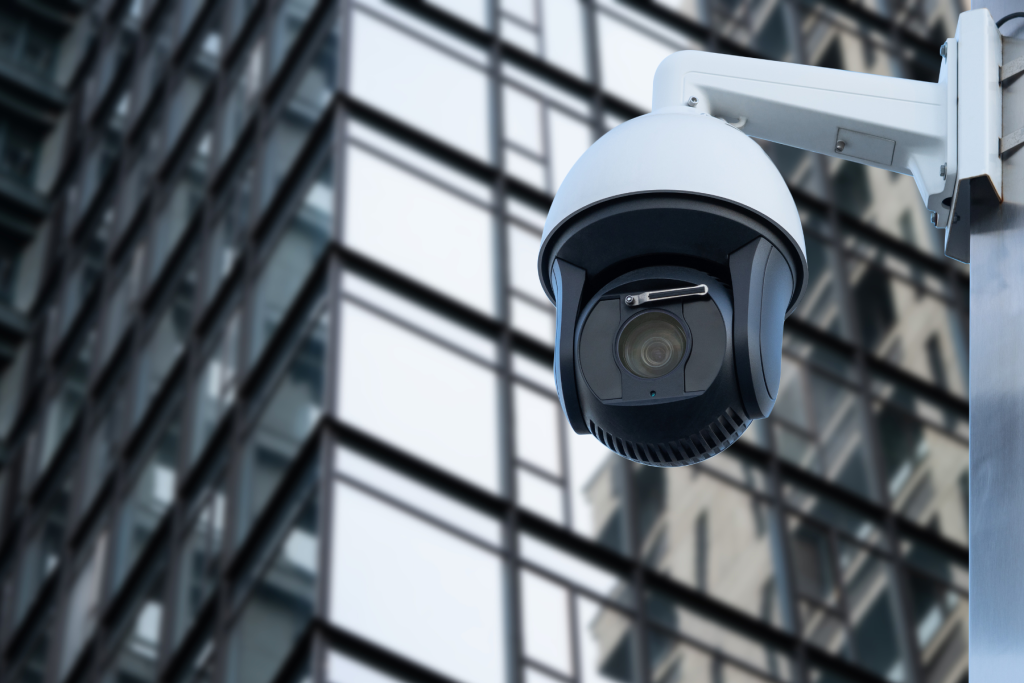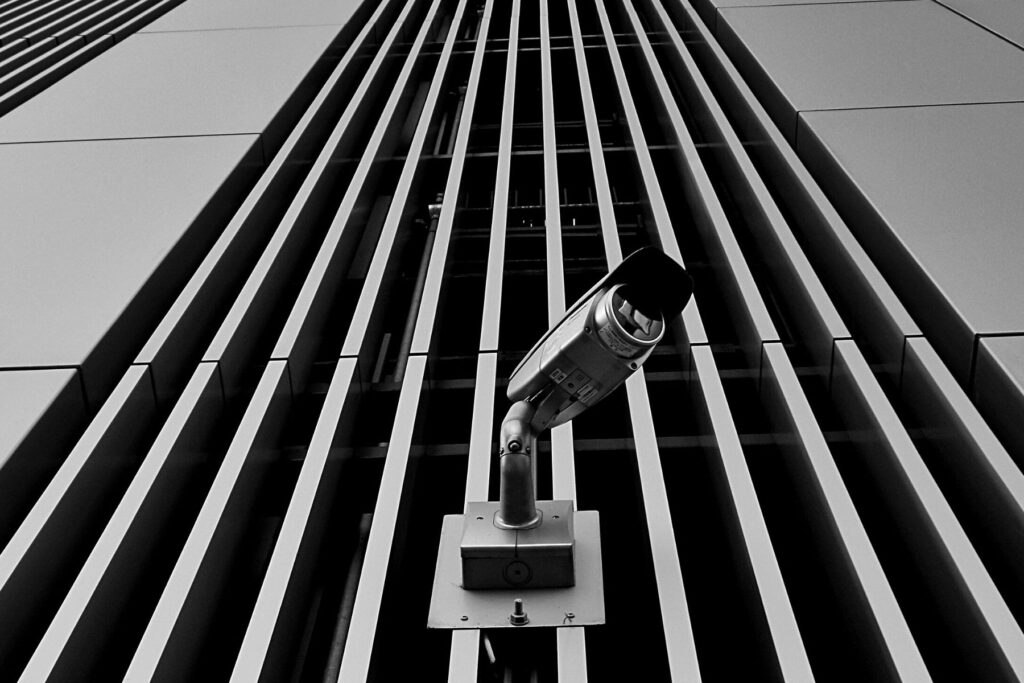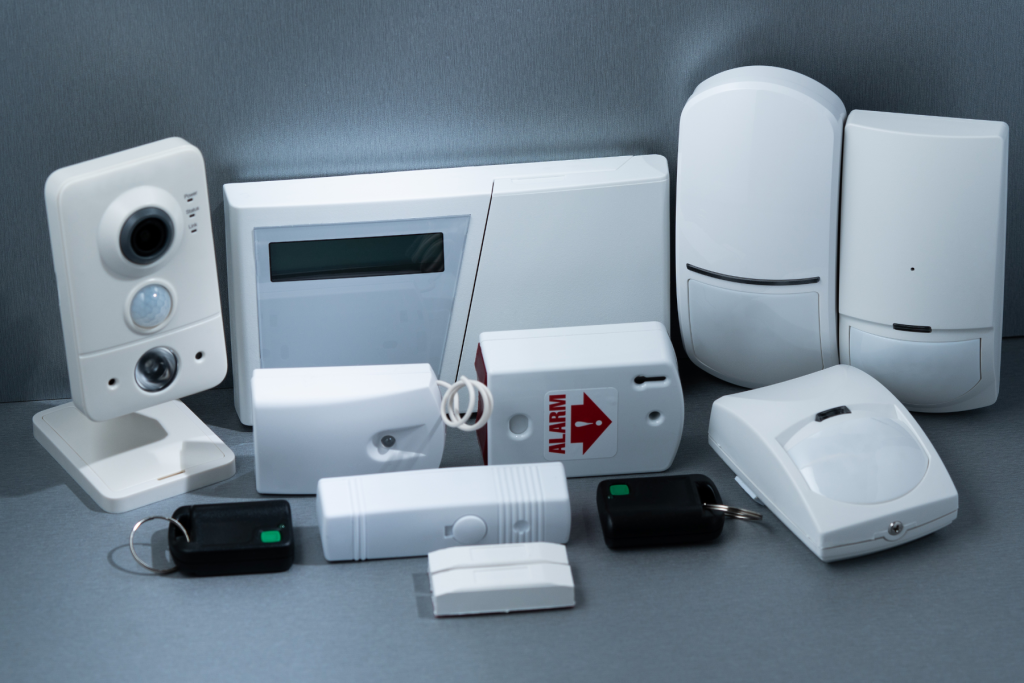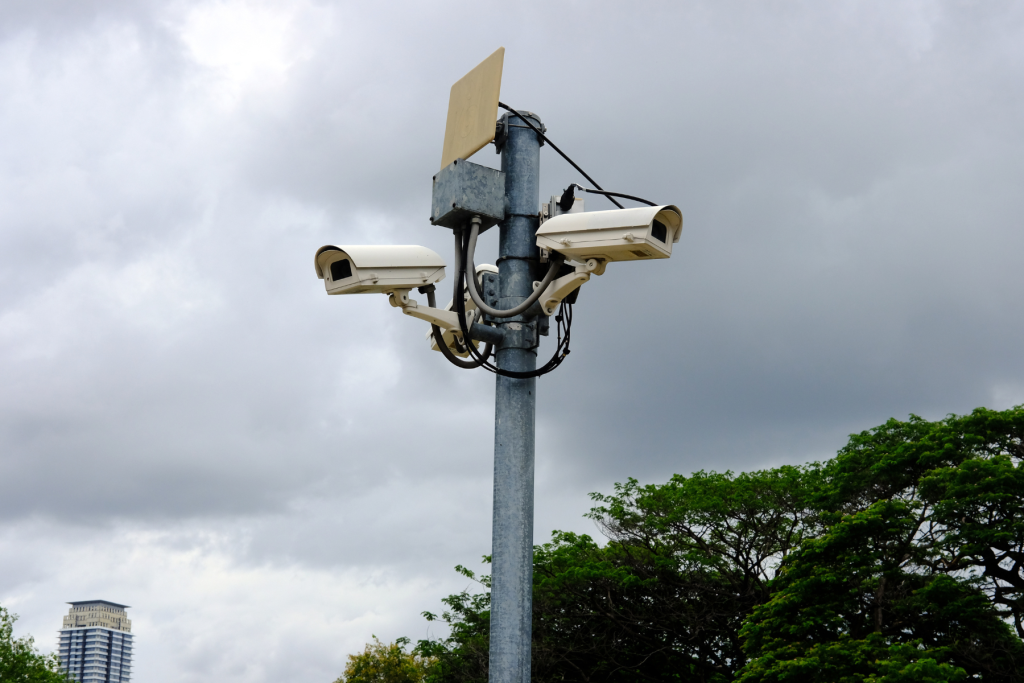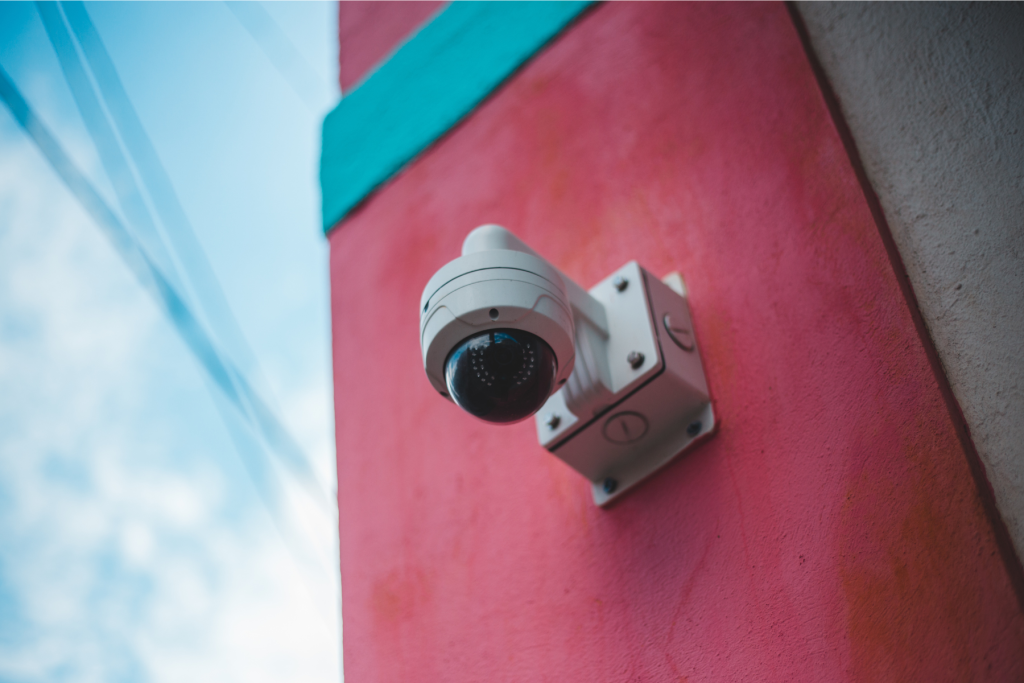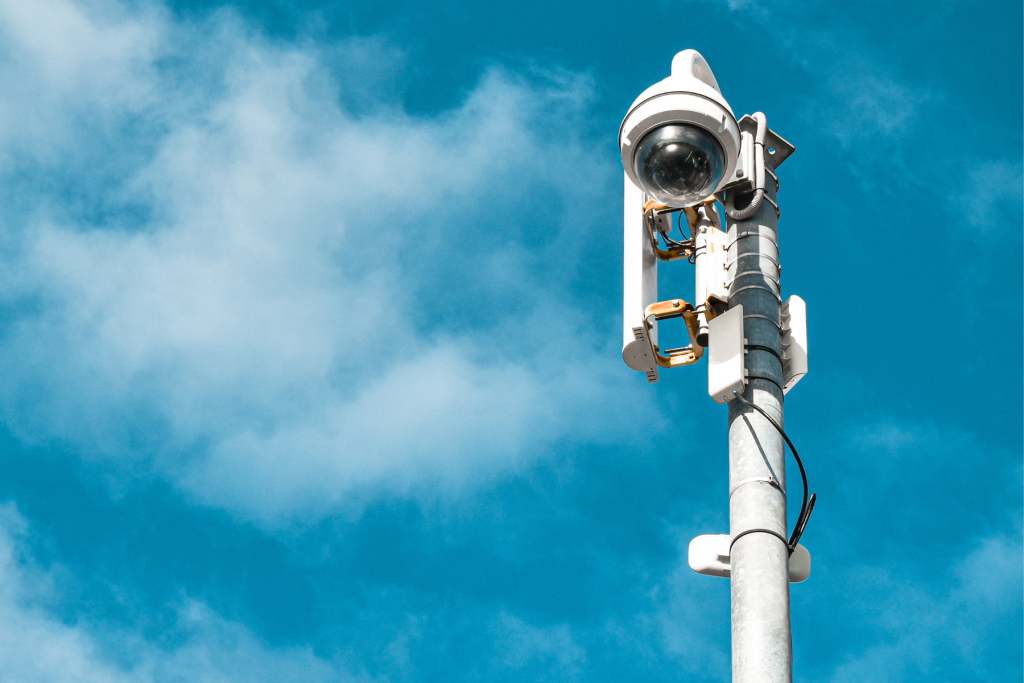The security camera is among the most brilliant technical innovations. With a rise in crime as well as other anti-social elements in the area, CCTV cameras can be extremely useful.
CCTV installation is much more prevalent in workplaces and stores, but there has been an increase in household CCTV installations in recent times. People now seek guidance as to how to install CCTV cameras, amidst their popularity. In every case, we often advise you to avoid do-it-yourself projects. Although it is possible to integrate a security camera system on your own, it is time-consuming. More relevantly, you are far more prone to make errors during a CCTV installation, due to inadequate accessibility, speculative execution, handling, and insufficient tools.
Hiring experts will alleviate these issues, and you will have peace of mind because you have the finest set – up feasible for your necessities.
Once you contact a qualified CCTV installation expert, there are still some aspects you must consider. We’ve compiled a list of some of the most common but important factors to consider when installing CCTV cameras in your homes and offices.
1. Coverage
You must ascertain which areas are most susceptible and must be protected. The CCTV installation company will send an analyst to assist in determining the best spot to mount cameras for maximal coverage. You can also tell the experts if there is any particular place you want the camera to capture.
2. Types of CCTV cameras
Lately, wireless CCTV cameras are by far the most widely used. They completely eradicate the need for wire installation. Furthermore, these cameras are simple to operate. However, not all CCTV cameras are created equal. The conventional positional camera, also known as a bullet camera, is settled and only points in one direction. Dome cameras, which are commonly found in stores and corporate workplaces, on the other hand, offer 360-degree coverage around them. Cameras should be opted depending on the type of coverage you require as well as the efficiency they can provide.
3. Locations
This relates to what we mentioned previously about coverage. You should not overlook presumably sensitive areas. This also entails using various types of cameras depending on their location. The camera you install around your garage would not be the same as the camera you install inside. That brings us to the succeeding point: don’t overlook indoor coverage. Robbers and intruders are becoming more adept at evading outdoor cameras and masked robbers can even defeat total area coverage. What these criminals do not anticipate is the presence of an indoor camera. Installing a low-light dome camera indoors can save you a great deal of trouble in the long run.
4. Compliance and Declaration
The law mandates you to inform people that they are being monitored. This is particularly important in public places such as shops or offices. In both cases, signs indicating the presence of CCTV cameras will suffice. You must inform any workers who come to your residence for a home CCTV installation. If you want to keep an eye on your housekeeper (or people visiting outside the door), you must notify them verbally. It is also significant to mention that installing CCTV cameras in private places such as restrooms is strictly prohibited. For such an offense, you may face incarceration.
5. Permissions
Depending on where you plan to install CCTV, you may need to obtain official clearance from the appropriate authorities. It is a gesture of politeness even when it is not legally obligatory. If you set CCTV cameras outside your home or business, they are likely to cover a section of your neighbor’s property. If they are hesitant, let them know and modify the location. Prior to installation, most housing colonies demand that you notify the relevant civilized society or body (e.g. RWA). Installation of household CCTV in apartment buildings normally necessitates permission as well.
6. Technical Considerations
You’ll have to research some technical aspects of your surveillance system. To begin, double-check that your cams can record HD video. After that, think about the extra gear you’ll need. The majority of CCTV installations come with filming and storing hardware. Some also include cloud storage, which entails storing the captured video on the internet. Local storage, like on a desktop or laptop, is maintained on a hard disc. The distinction here between the camera system’s hard disc and your computer’s hard disc is that the camera on your hard disc has a larger capacity and can function continually for a much longer amount of time.
They must, however, be replaced on a routine basis. As a result, you must also determine how long you wish to keep any reordered video. You can pick from one day to three months, or even longer if you have the necessary storage space. Lastly, choose a solution that allows for distant access and control. Even if you are traveling, you will be able to monitor and manage the CCTV camera.
Hopefully, the information presented here will answer the majority of your questions on how to set up a CCTV camera.



